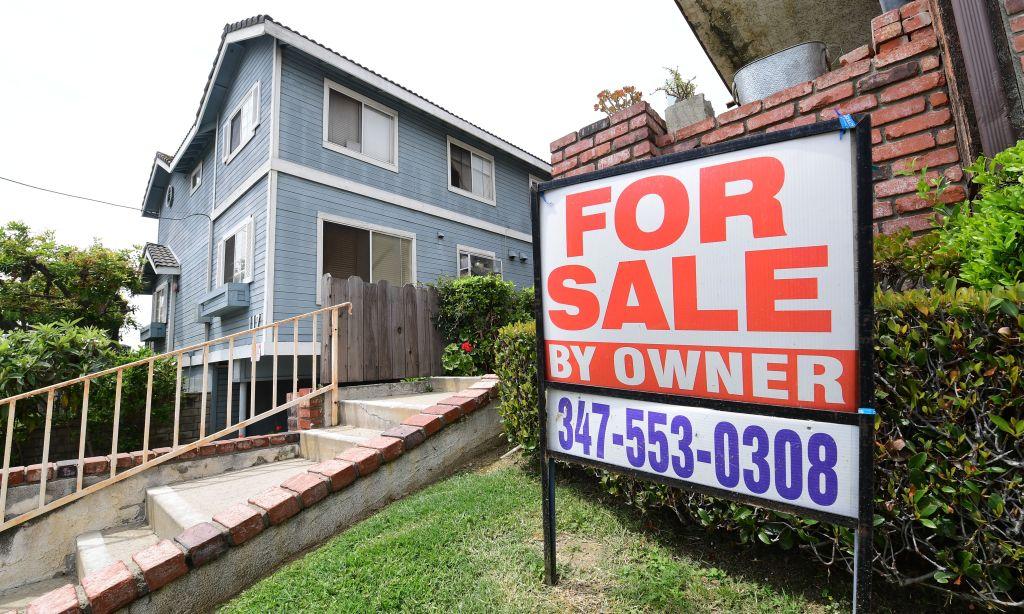It’s one of those moments that lead many Americans to grit their teeth whenever it’s mentioned: the 2008 housing market crash.
Few events in recent decades have instilled homeowners with more dread than the notorious housing bubble burst that year.

It’s one of those moments that lead many Americans to grit their teeth whenever it’s mentioned: the 2008 housing market crash.
Few events in recent decades have instilled homeowners with more dread than the notorious housing bubble burst that year.